Unit 2: History of the Universe and Earth
Why are we talking about outer space in your history class? Well, we all live on Earth, one planet in our Solar System that makes up a tiny part of our Universe. How can we know anything if we don’t start with the big picture?
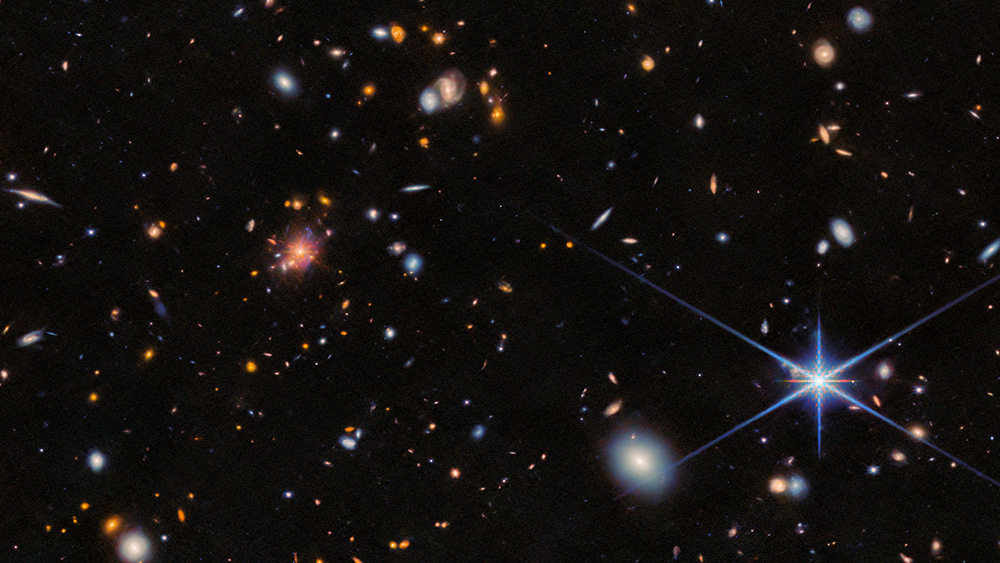
Lesson 2.1
Big Bang to Earth
How did the complexity of the Universe increase from the Big Bang to the formation of the Earth? Take a journey through time and space to learn about the first four Big History thresholds.

Lesson 2.2
Big Bang
Was the Big Bang the start of the Universe… or was it the beginning of one part of the multiverse? We don’t really know the answer to that question, but we do know a lot about what happened right after the Big Bang.
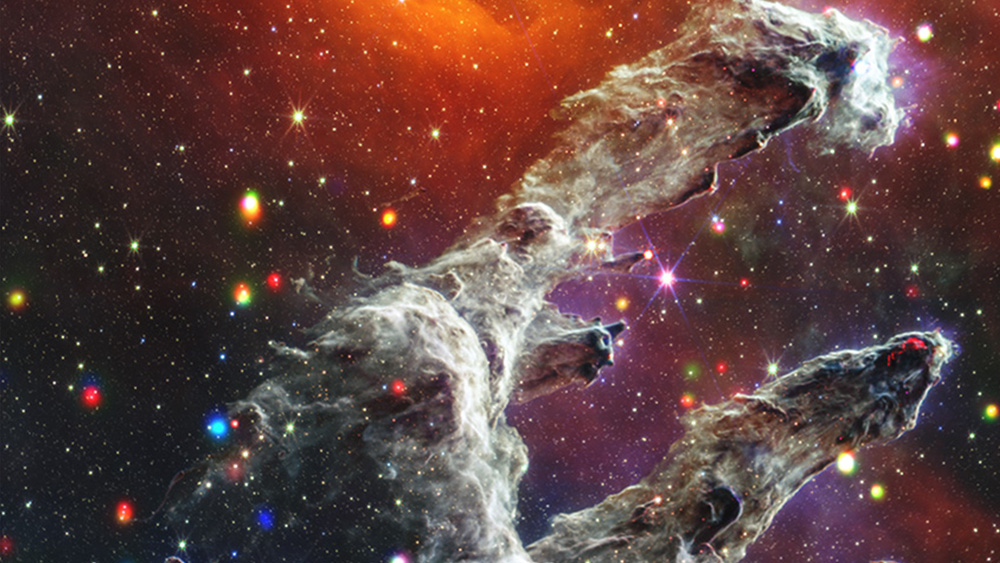
Lesson 2.3
Stars Form
Even on a dark, clear night, in the remotest place on Earth, you can only see a fraction of the true number of stars in the Universe. Explore how these trillions of celestial bodies added complexity to what was once a very simple place.
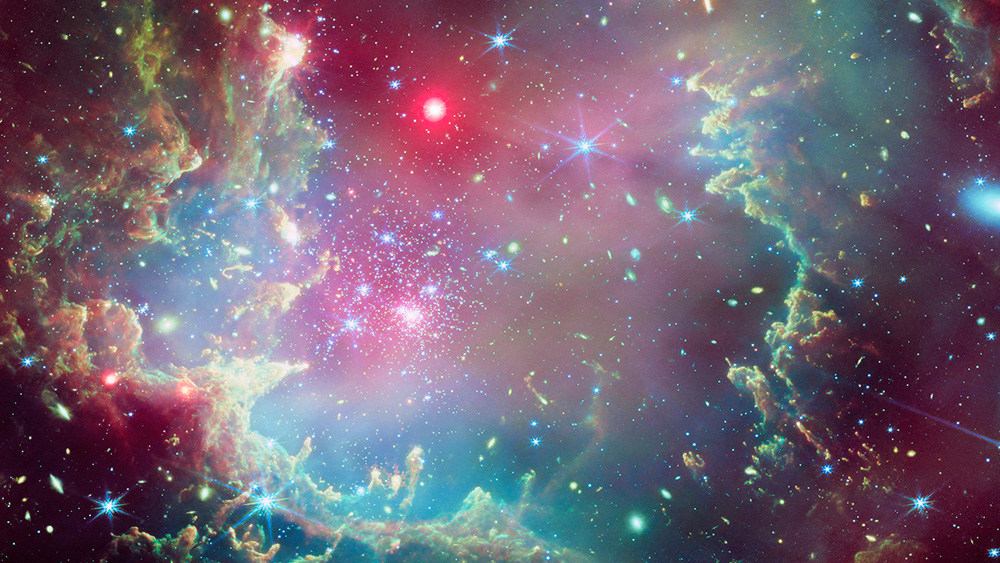
Lesson 2.4
Stars Die
Stars make the night sky very beautiful, but their deaths can be even more beautiful than their lives. When stars go supernova, these massive explosions give us the elements that make everything from planets to ladybugs to you possible!
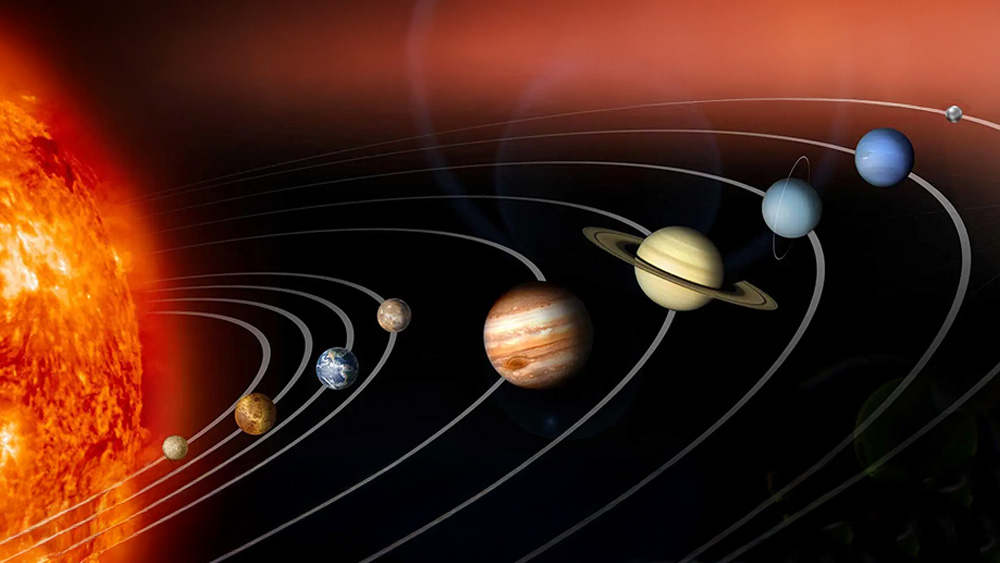
Lesson 2.5
Solar System
You might know the names of all the planets in our Solar System, but do you know how our Sun and planets formed? Journey through time and space and witness the cosmic collisions that led to the formation of our planetary system.
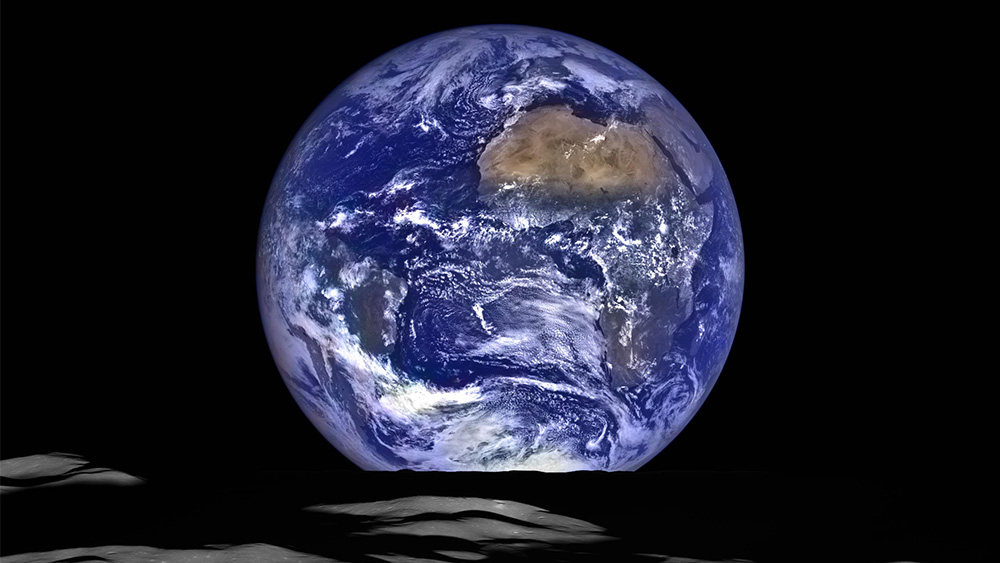
Lesson 2.6
Earth
Earth is just one planet amongst many in the Universe, but we think this planet is pretty special! Learn about the fiery early days of our planet and why this one planet among countless others increased the complexity of the Universe in a way that may be unique.
 Teaching This Unit
Teaching This Unit
Unit 2 Vocab Guide
Key Unit 2 vocabulary words and definitions.

Historical Thinking Skills
How we focus on causation, claim testing, and more.

Video Guide
How we approach using video for instruction.

Writing Guide
Our approach to informal and formal writing.

Unit 2 Teaching Guide
All the lesson guides you need in one place.